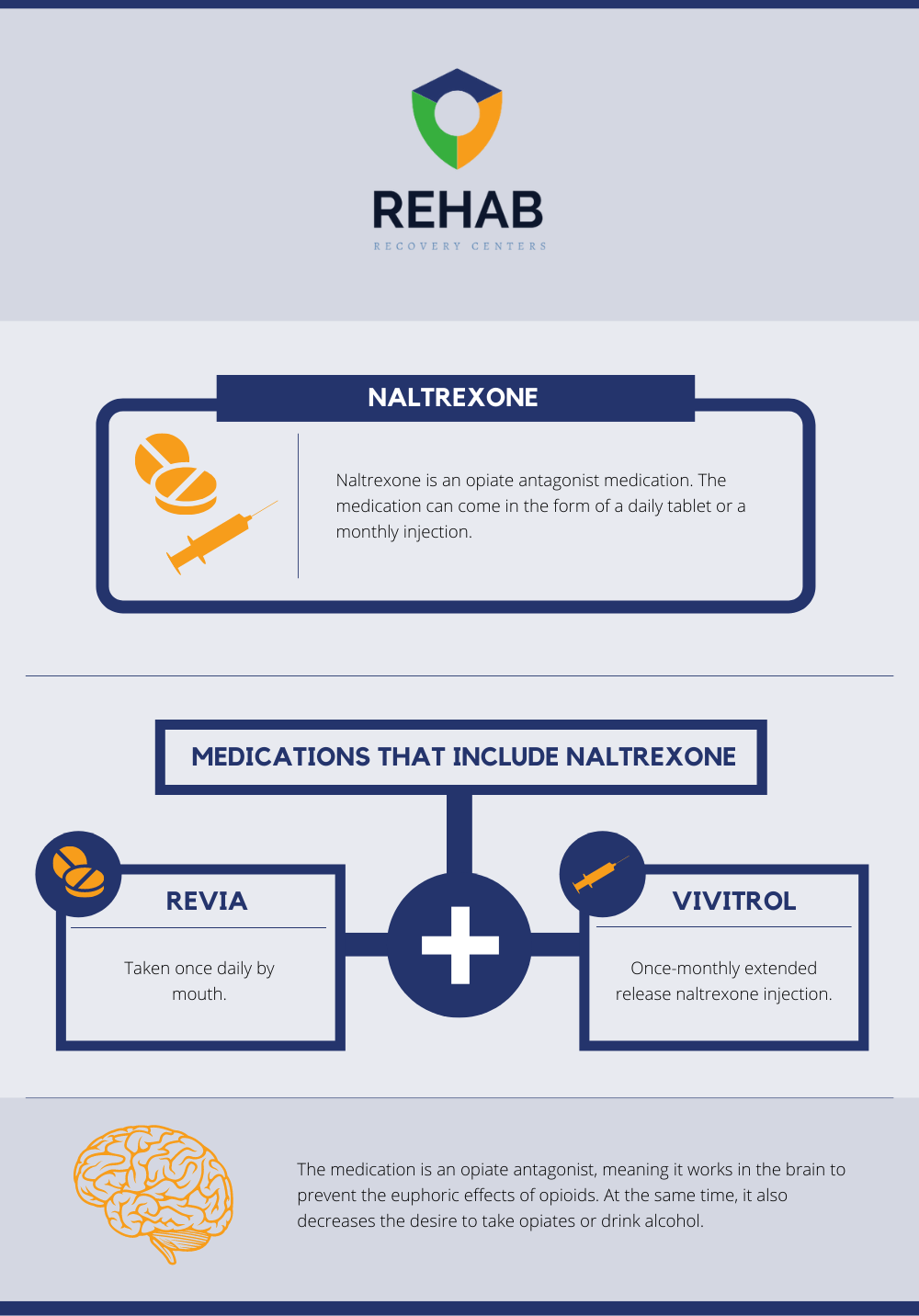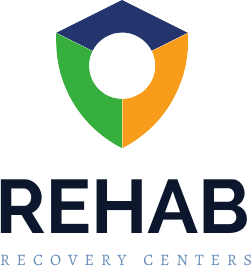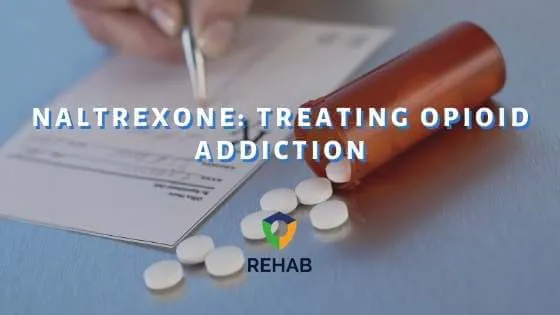Table of Contents
Naltrexone is a drug that is most commonly prescribed to treat opioid addiction. This medication reduces cravings by blocking the harmful effects of opioids.[1] Naltrexone treatment is intended to be used as a part of a comprehensive treatment program, including counseling, support groups, and other evidence-based treatment methods.
Naltrexone is known to trigger withdrawal symptoms if an individual is currently physically dependent on opioids. As a result, it is required to refrain from taking opioids for a minimum of 7-10 days before beginning naltrexone treatment to reduce the risk of withdrawal. However, the length of time needed before beginning this medication varies from person to person, depending on the type of opioid addiction, the dose, and how long the addiction took place.
Opioid addiction takes time to recover from, as this process is never quick. However, with the help of medications like naltrexone and evidence-based addiction treatment modalities, individuals have support every step of the way. Let’s take a look at how naltrexone benefits opioid addiction treatment.

Uses of Naltrexone
Naltrexone is different from other types of medication that are used in opioid addiction treatment. While medicines like buprenorphine and methadone help reduce cravings, naltrexone eliminates one’s desire to use opioids. By blocking opioid receptors, naltrexone users are unable to experience the euphoric and sedative effects of taking opioids. In other words, individuals cannot get high on opioids while taking naltrexone.
How Naltrexone is Beneficial in Opioid Addiction Treatment
Opioids produce a “high” feeling of contentment and pain relief. When taking naltrexone, these feelings are blocked. As a result, the desire to abuse opioids begins to diminish. Over time, individuals will acquire a drug-free state of mind, allowing them to focus on recovering from the mental, spiritual, and social effects of their addictions.
Although naltrexone is commonly used to treat opioid addiction, it may not stop drug cravings in totality. For this reason, naltrexone is best suited for those who have completed the withdrawal process and are motivated to continue in their recovery. Individuals who use naltrexone will have fewer distractions during the therapeutic stages of addiction treatment, allowing them to heal fully.
An individual can be more sensitive to lower doses of opioids after taking naltrexone. Because of this, people should abstain from taking any drugs after their medication-assisted treatment. Reverting to heroin abuse- or any other opioids – could cause serious complications, including an overdose.
Administering Naltrexone
Naltrexone is available in three forms: tablet, injectable, and an implant device. The common brand names for the tablet form of naltrexone are ReVia and Depade. Conversely, the injectable extended-release form of the drug is typically sold under the name Vivitrol.
Tablets
Tablet-form doses of naltrexone vary by person, the strength of the medicine, and the amount of medicine they need each day.[2] Fortunately, a doctor will provide instructions for consumption information. Naltrexone may be taken at home or within a treatment facility. If an individual takes the tablet form at home, it is recommended to have a family member or caregiver administer the doses as scheduled. It is important to never adjust the amount of medication unless a doctor has directed you to do so.
Implants
Another type of naltrexone comes in an implant form. Naltrexone implants are shaped like small pellets and are inserted into the lower abdominal wall.[3] For comfort, the insertion is completed with a local anesthetic. Once implanted, the device releases a consistent amount of naltrexone in the body for approximately 3-6 months. This is beneficial for individuals who do not want to take a pill every day. However, implants are only available in an inpatient treatment setting to monitor potential side effects.
Injectables
Naltrexone is also administered through an extended-release injectable. Each month, the medication will be injected into a muscle.[4] It can only be administered by a doctor or nurse in a clinic setting, so it’s important to receive doses regularly. This helps to achieve the greatest benefit possible. Shortly after receiving the medication, individuals may notice pain, redness, bruising, or swelling near the injection site. While this is common, it’s important to always notify a doctor if the symptoms do not subside or get worse within two weeks.
Side Effects of Naltrexone
Just like any medication, taking naltrexone may cause side effects. Side-effects of naltrexone generally disappear once an individual’s body adjusts to the medicine.
The common side effects of naltrexone include:
- Headache
- Nausea
- Tiredness
- Mild abdominal pain
- Trouble sleeping
- Joint and muscle pain
Individuals should speak with their healthcare provider or addiction treatment provider about potential side effects and complications before beginning naltrexone treatment for opioid addiction. Additionally, the best way to ensure safety while taking naltrexone is to be within the confines of an addiction treatment facility. This allows patients to receive 24/7 monitoring and care in case they react abnormally to the medication.
Finding Naltrexone Treatment for Opioid Addiction
Naltrexone is only available by obtaining a doctor’s prescription. Before beginning naltrexone treatment, your doctor or addiction treatment provider will work with you to develop a recovery plan that is unique to your needs. Depending on your treatment status, the medication may be administered in an inpatient program or at your own home. Medication-assisted therapy, such as the use of naltrexone, should always be used as one part of an overall recovery plan to achieve and maintain long-term sobriety.
If you or someone you love is struggling with opioid addiction, medications like naltrexone may make recovery much easier. To learn more about naltrexone treatment for opioid addiction, contact Rehab Recovery Centers today. We can help you find rehab in your state.
References:
Get Help Today
Don’t go through the process of recovery alone. There are people who can help you with the struggle you’re facing. Get in touch with one today.


